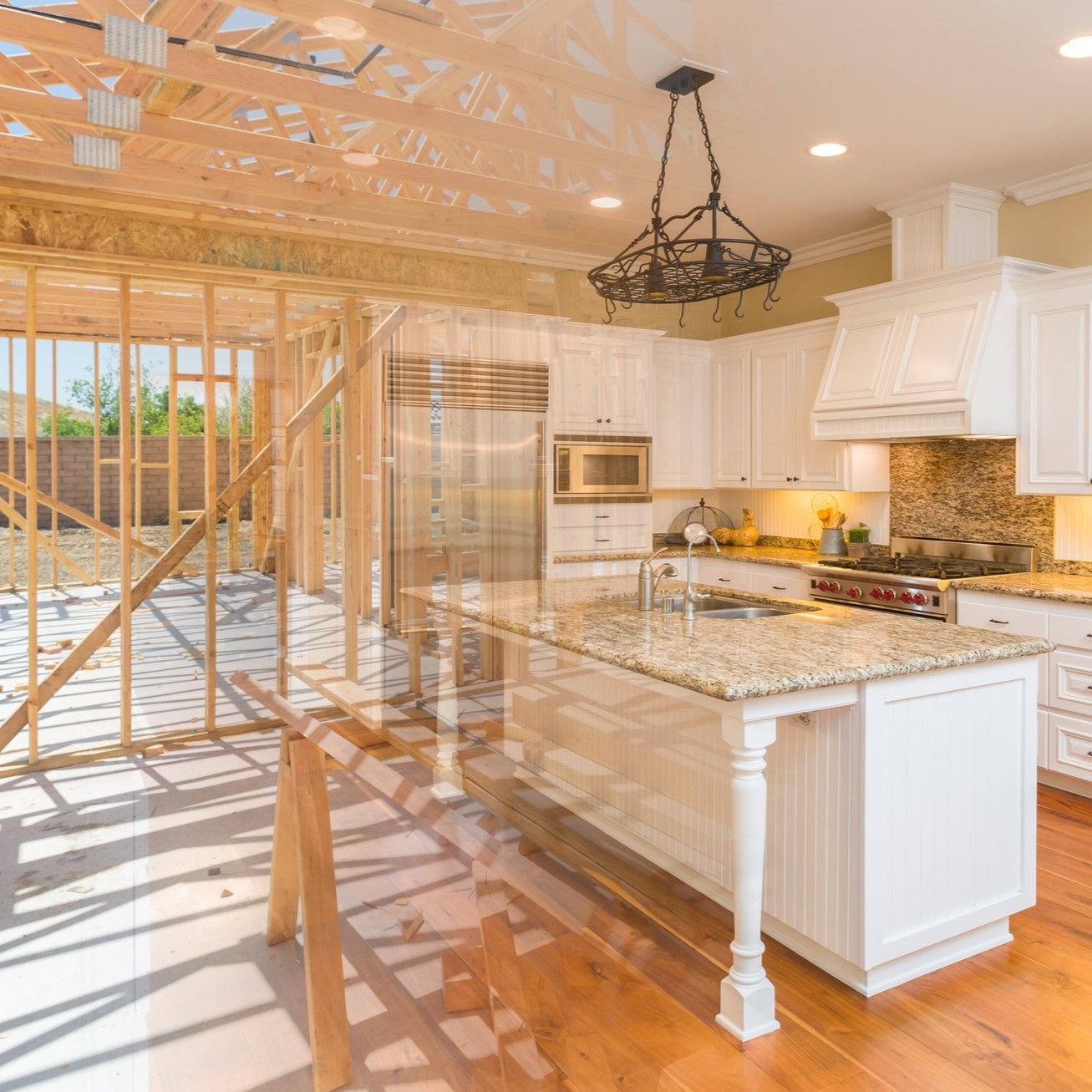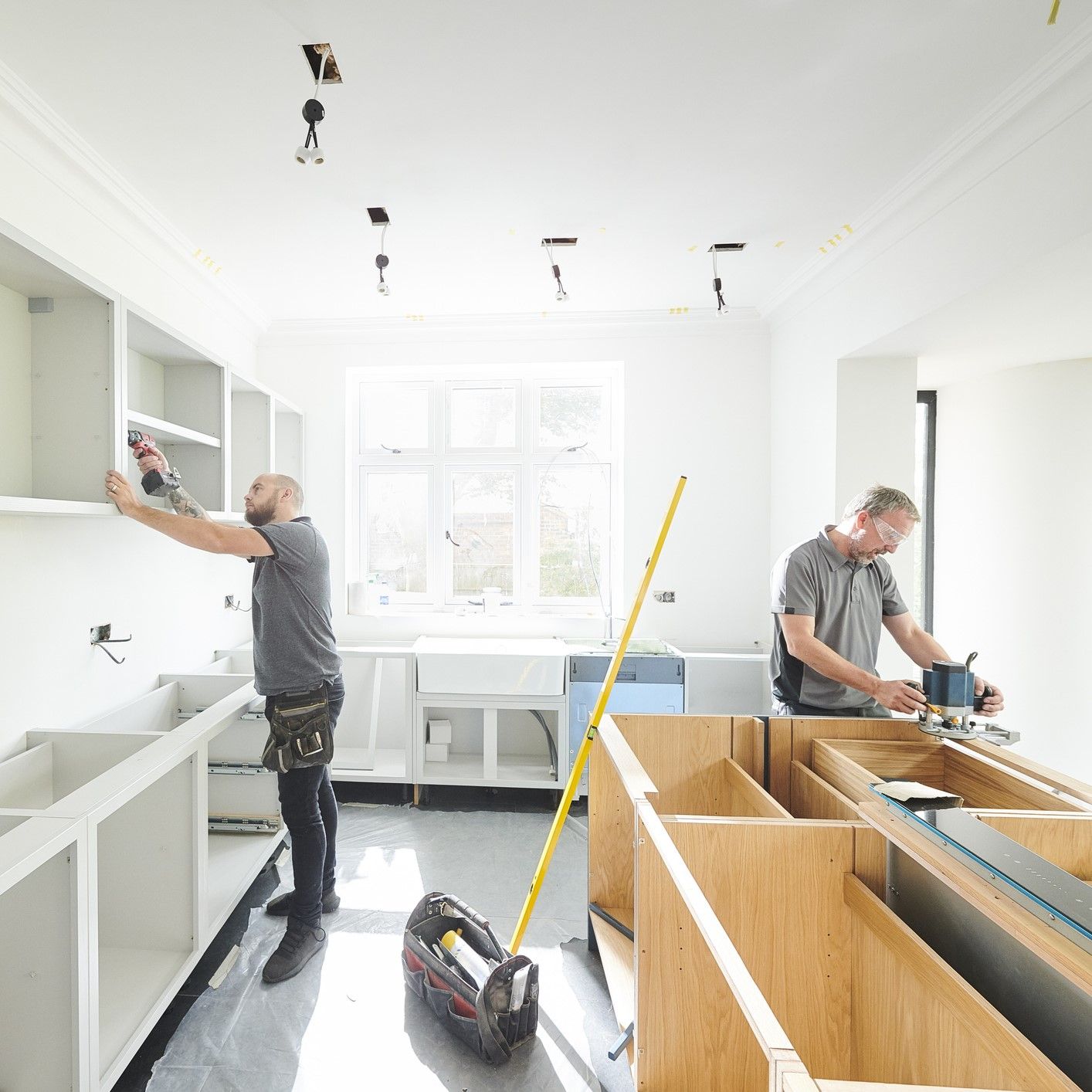There are many ways to optimize energy efficiency. Most property owners can have various options on utilizing technologies and designs that will help them reap the benefits of optimization. One example is the energy-efficient roof hatches which can be used for maintenance, inspection, and energy efficiency.
Today, skylights are becoming a more popular option as an energy-efficient roof hatch. It offers more than just providing natural light into the interior spaces. Manufacturers utilize various glazing technologies making skylights more energy efficient. They include heat-absorbing shades, low-emissivity coatings, insulated glass, and translucent insulating material between glazing layers.
Here are things to know when installing skylights:
Ventilation
Skylights can supply both light and ventilation. The heated air that naturally gathers towards the ceiling can be released when a building gets ventilated with a functional skylight. The bottom of most ventilating skylights opens outward, while some systems vent through a small, hinged panel. You can open skylights manually using a crank, chain, or pole on your property.
Automated Skylights
Automated systems are also available with pneumatic equipment or electric motors. Specific types have moisture sensors that close the skylight autonomously when it rains.
Tubular Skylights
Recent advancements in skylight design utilize sun-tracking, open-sided tubes, huge lens-like components, or mirrored reflectors installed adjacent to a typical skylight to offer natural light without the morning heat gain or nocturnal heat loss.
You can connect a mirrored or light pipe with a dispersing lens that attaches on or recessed into the area’s ceiling below to such a skylight. It is a characteristic seen on the majority of tubular skylights. On the other hand, tubular skylights don’t provide any vistas or airflow.
Ridge Skylights
This sort of skylight is appropriate for situations when the skylight extends in the same direction as the roof slope and the skylight’s ridgelines up with the roof’s ridgeline. With a range of skylight pitch configurations and vertical glass ends, one can even fix it on the curbs of flat roofs.
You can also mount it to vertical walls that are head-to-head on one or both ends. Ridge skylights are a fantastic technique to bring a lot of light into a structure, considerably more so than a window of comparable size.
Curb-Mounted Skylights
These skylights evolved to be among the most preferred skylight types on the market. They are reasonably priced and look great in a variety of settings. Manufacturers can create curbs on-site, or you can purchase some from them. Its curb has insulation and is double-walled in both situations to help maintain the temperature in the building.
These are better options for preventing leaks and providing more excellent size options. Curb-mounted skylights are the most basic of all skylight types; they offer a pleasant ambiance without putting a building’s structure under too much stress.
Choosing a Skylight
Today’s skylight designs are far more dependable than those previously accessible. Most are refreshing, creative, and have additional exciting elements to established designs. Design isn’t the only element to examine when picking the right skylight. When adding a skylight to a property, these are some of the most significant aspects to keep in mind:
1. Positioning
The placement is a critical factor that you need to consider because you need to utilize natural light and its benefit to the utmost to your property, but bear in mind that overexposure is not a good thing. You may need to keep an eye out for UV overexposure in your property. Your positioning will impact some parameters, including the size of the skylight and the number of skylights.
2. Functionality
In reality, you can categorize all skylights into two: vented and fixed. As the name implies, fixed skylights are non-operable and designed to provide additional light. On the other hand, a vented skylight has a feature where you can open them remotely or manually, based on the type of skylight device.
In addition to the fundamentals, the cost of remote-operable vented skylights may be a little more expensive than their manual counterparts. Because these require a more significant number of higher-quality parts, they are more susceptible to failure. You’ll need to think about the function, location, and price when making your decision.
3. Size
The size and layout of the room might sometimes influence your skylight selection. For instance, obtaining ideal skylight performance in a darkly shared room and roof may require many bends in the tubing. However, a general rule applies to skylights: the bigger, the better.
4. Planning Permission
Skylights are usually not subject to planning permission since they are part of an already agreed-upon addition or replace an existing skylight installation. Also, if the expansion is to an existing roof, it is unlikely to require planning. It’s usually a good idea to double-check ahead of time, but it’s rarely an issue.
5. Glazing
Skylights used to be little more than a single pane of glass, enclosed in a metal structure. Glazing currently includes single- and multi-paned glass and novel polymers, with or without coatings and insulations to manage factors such as temperature and UV exposure. The glass you choose will influence the function of the skylight, so consider all of your alternatives carefully.
6. Installation and Cost
Skylights appear to be costly upon first impression; an excellent quality 2X4 foot skylight with a flashing kit may cost anywhere from $150 to $500. On the other hand, installation can add $500 to $3,000 to the total cost. Furthermore, the roof slope is a decisive element for skylight installation.
Roofs that are either too flat or too sloped necessitate unique installation methods, which can be costly. Always think about the total cost of installing a skylight, the additional features and extras, contracts and warranties, and other crucial factors.
The Takeaway
If you need to learn more about your skylight installation for ventilation in your property, you should speak with an experienced roofing contractor. Your roof is a delicate system, and it isn’t worth the danger of installing skylights incorrectly. Skylight installation necessitates the removal of portions of your roof, which may jeopardize its structural stability.
Furthermore, the sound installation will help boost your roof’s lifespan, appearance, and overall functionality without causing any additional issues.
Recent Blog Posts








